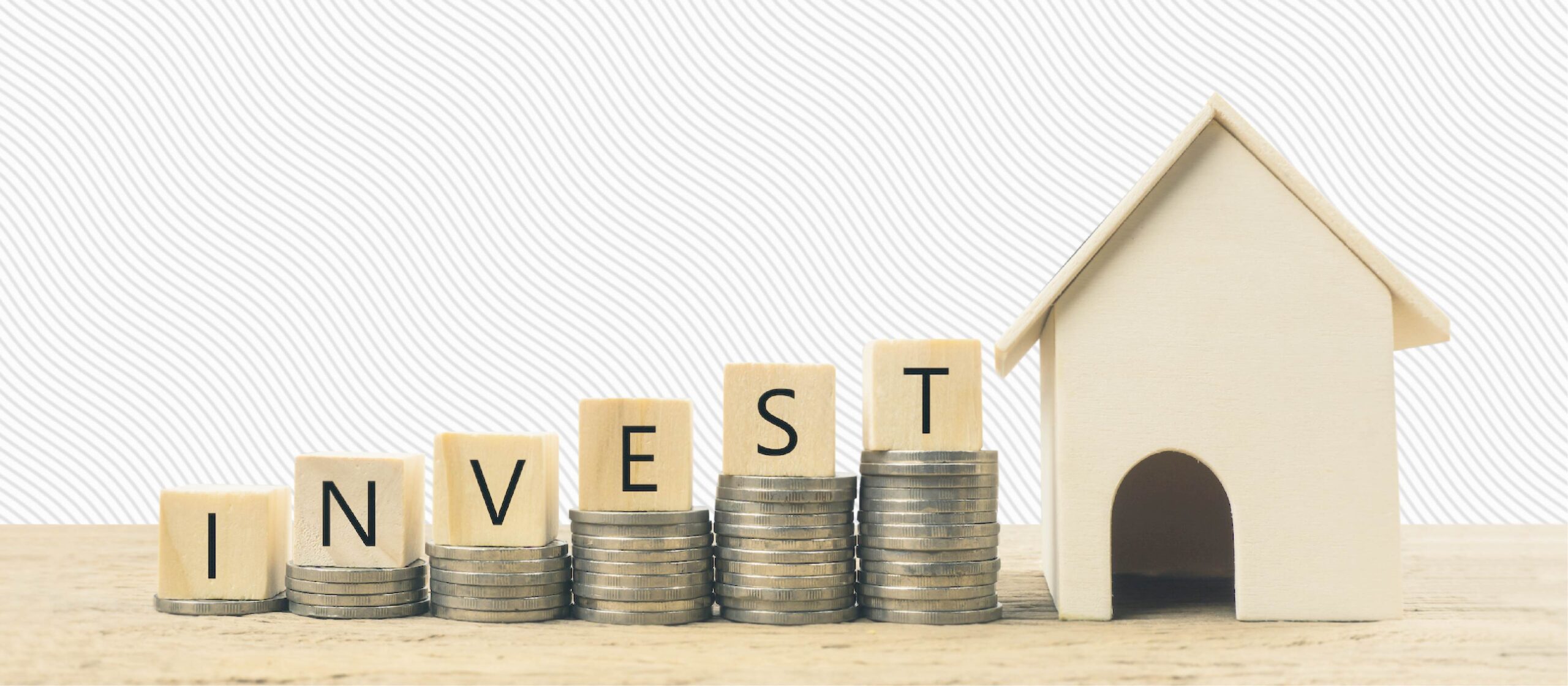In the first post of this series, I laid out some general info about our strategy and goals for building a real estate investment business. In this post, I will get more specific about my plan. Again, as I mentioned in the first post, this is my plan. It doesn’t mean it has to look the same as your plan. In the third post, I will completely fuck this plan up by throwing any number of variables at you.
Prologue
Before I get into the details, two things must be said.
First, find a great lender who is an investment products and strategies expert. Ideally, find a lender who is also an investor. The products available change regularly, and a lender who knows their shit is indespensable.
Second, as a bit of history to set the table for what you are about to read, I once published this under the title “Real Estate 401 (k)” in an old blog. I suppose you could think of it that way in the sense that it is a retirement plan, but the truth is that this is more like an asset-backed annuity than a 401 (k). The design is to create a flow of cash that offsets your monthly needs in retirement from assets that you own.,
Let’s begin…
Property Selection Criteria
This is where I probably talk myself out of more opportunities than anywhere else, especially given the lending environment at the time of this writing. That said, I am very specific about what I will and will not buy. You don’t have to be this specific. My property manager, whom I completely trust, doesn’t even agree with a couple of things on this list.
Here is my selection criteria:
- One Story, 3 beds, 2 baths, 2 car garage.
- Preferably less than 2000 sq. ft.
- Preferably built in a year that starts with 2 (meaning in the 2000s).
- I like new construction if I can find it where the numbers work.
- Taxes and HOA have to be reasonable. This is a “hidden cost” that eats into margins in a big way.
- This is where I might piss one or two of you off, but this is my criteria and not yours. You can do what you want. I don’t buy homes in blue counties. I will vote with my tax dollars, but I also want places that the court system isn’t going to screw me if I have an eviction and where people get convicted when they commit crimes.
You will notice that the price is not listed in my criteria. Trust me, it is very much a consideration. To date, I have not paid more than $250,000 for a rental property. That will, undoubtedly, change over time, but the price piece of the puzzle is highly dependent on the cash flow piece that I will illustrate below.
The Debt Snowball
If you are familiar with the Dave Ramsey universe, I use a bastardized version of his debt snowball to illustrate how the plan works. The goal is to take the cash flow from every property you own and pour it into one home’s debt until the debt goes away. Then you lather, rinse, and repeat until everything is paid off. Sounds simple, right?
Let me illustrate:
- Reserves – You need to have operating reserves set aside for repairs and vacancy. Let your property manager guide you.
- In each example below, let’s say I have a loan balance of $150,000 with a payment of $1000. Again, we are going for ease of math so you can follow the principles of the model, not exact numbers, because they will change.
- House One – Let’s just say, for ease of math, that my total expenses on House One are $1500 a month. I rent the home for $1850 a month. I have a cash flow, then, of $350 a month. I will pay that $350 a month back to the principal of House One.
- House Two – Let’s use the same math as House One for House Two. Now, I will pay the $350 cash flow from House Two to House One, so I am overpaying the note on House One by $700 a month.
So you get it, right? Each house’s cash flow goes back to pay off the first house until it is paid off. Then, once House One is paid for, all of that cash flow plus the cash flow from the others goes to pay House Two until it is paid off, and so on and so on.
The Long Game
Depending on how often you can purchase, the cash flow numbers, and the loan amount, somewhere around House Six or Seven, you should really see the snowball pick up speed. By House Ten, you should be relatively self-sustaining.
What I mean by that is that your investments are paying for themselves. You do not need to put any more of your money, if you did at all, into the business. Your homes will pay for themselves so quickly that you can buy one or more a year with next to no debt service. Alternatively, you could save the cash flow and just pay cash for the next one.
When we are at that place (we currently have House One paid for completely and are working on House Two’s note), I plan to either use DSCR lending with whatever is in the cash flow account to put down on House X or a cash-out refinance of one of the paid-off houses to fund the purchase of more. As soon as that house or those houses are paid for, I will just repeat the process over and over again.
To make that sound a bit more attractive, let’s throw some real numbers on that. Using the illustration above, after paying off the loan, let’s say that my monthly expenditure is $500. Now, I own the asset and receive $1350 in cash flow each month. Take that times ten and I own outright somewhere between $2-3 million in real assets and cash flow close to $15,000 monthly. At that point, it becomes a management game. Do you need a raise in retirement? Buy a few more houses. Have a huge expense you need to pay? Sell a house. You also have to manage the assets to make sure that each makes financial sense, but you get the big picture.
The key is that you have invested a fixed amount over time, just like any investment. Because of your ability to leverage other people paying the rent, you can stop investing your money and use other people’s money to continue growing the pie, which is unlike any other investment. For example, maybe to achieve the illustration above, it costs you $500,000 in your money spread across ten houses. What other investment can you put $500k into and come out with $3 million in owned assets spitting out $15k a month in cash flow?
Oh, and we haven’t even talked about the taxes yet. Next time…
Part 3 of this series can be found here.
Like this post? Subscribe, and others will come straight to your inbox. You might like those too. Who’s to say?


2 responses to “How We Invest in Real Estate, Part 2”
This is definitely the way to go to prepare for retirement without hassles
What an excellent way to prepare for a good retirement through investing in RealEstate following the Chance plan.